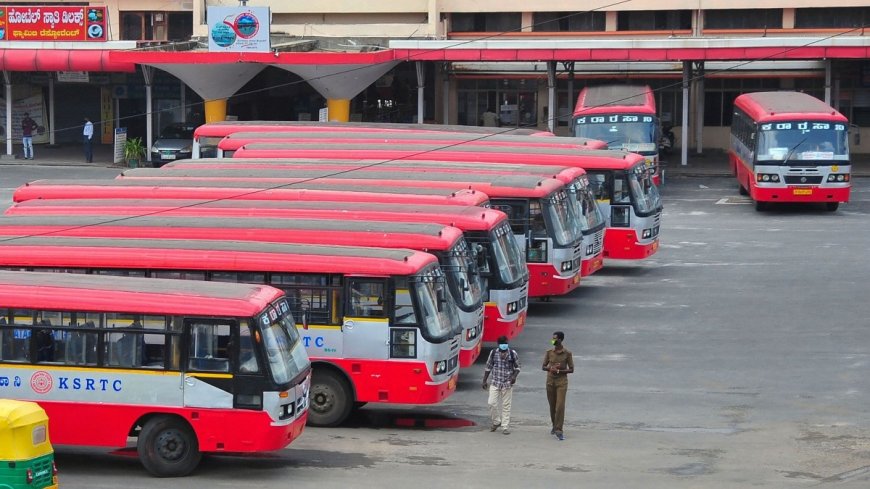Bengaluru vs. Jakarta: Viral post ignites debate on bus and cycle lanes
Bengaluru vs Jakarta Viral post ignites debate on bus and cycle lanes

Bengaluru vs. Jakarta: Viral Post Ignites Debate on Bus and Cycle Lanes
In recent days, a viral social media post comparing the public transportation infrastructure in Bengaluru, India, and Jakarta, Indonesia, has sparked a heated debate among urban planners, commuters, and social media users alike. The post highlights the differences in how both cities allocate space for buses and cycling lanes, igniting discussions about sustainability, mobility, and urban development. This controversy brings to light the pressing need for effective urban transport solutions in rapidly growing cities.
The Context of the Debate
Bengaluru, often referred to as the "Silicon Valley of India," boasts a burgeoning population that heavily relies on its public transit system. However, the challenge of traffic congestion persists, leading to innovation calls for improved bus and cycle infrastructure. In contrast, Jakarta, with its sprawling urban landscape, faces similar challenges but has made significant strides in integrating cycling as a viable transport option. The viral post juxtaposes each city's approach, prompting discussions on what works best for urban cycling and efficient public transport.
Key Points from the Viral Post
The viral post included photographs showcasing the differences in bus lanes and cycling tracks in both cities. It questioned why Bengaluru has yet to implement dedicated cycling lanes similar to those found in Jakarta. Supporters of enhanced cycling infrastructure argue that it promotes healthier lifestyles and reduced vehicular pollution, therefore contributing to a greener urban environment. On the other hand, some urban residents worry about the feasibility of implementing such changes amidst existing infrastructure constraints.
Public Reaction and Expert Opinions
Responses to this viral post have varied significantly, sparking conversations that range from practical solutions to ideological perspectives on urban mobility. Urban planners and experts chimed in, suggesting that Bengaluru could benefit hugely from prioritized cycling infrastructure similar to Jakarta's. They argue that integrating bicycle lanes could relieve some pressure from congested roads while promoting eco-friendly modes of transport.
However, critics emphasize the importance of investing in robust public transport systems first before considering cycling infrastructure. They believe that without an equally efficient bus system, cycling lanes may not achieve the desired effect in reducing traffic congestion.
Conclusion: The Future of Urban Transport
This viral debate on bus and cycle lanes sheds light on larger issues surrounding urban transport in major cities like Bengaluru and Jakarta. As public discussions continue, there is a clear indication that urban transport solutions need to evolve rapidly to accommodate growing populations. Achieving a balance between various modes of transport, including buses and bicycles, will be crucial for sustainable urban development in the years to come.
For further discussions and updates on urban transport trends, stay tuned to News by dharmyuddh.com. Keywords: Bengaluru public transport, Jakarta cycling infrastructure, bus lanes in Bengaluru, cycle lanes in Jakarta, urban mobility debate, viral post bus cycle lanes, sustainable transport solutions, urban planning in India, cycling infrastructure Indonesia, traffic congestion solutions.







